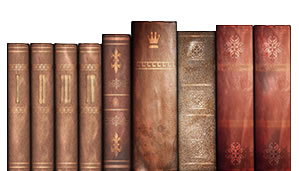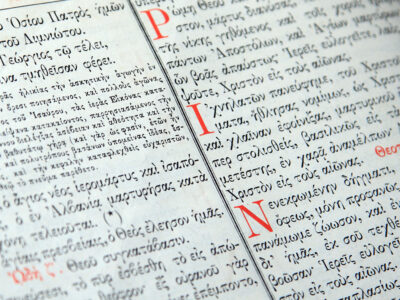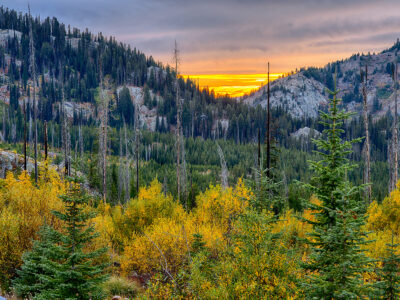AI (artificial intelligence) is here to stay. I’m told that using an AI engine, you can paint a picture, create a spreadsheet formula, write a term paper, research a character or setting, and even—believe it or not—compose a blog post. (See where I’m going with this?)
So I decided to try it. After all, how hard can it be? Here, with no changes, is what AI produced when I asked it to “write a blog post of advice from a literary agent”:
Embarking on a literary journey can be both exhilarating and daunting. Aspiring authors often find themselves at a crossroads, wondering how to navigate the complex world of publishing. In this blog post, we’ll delve into the valuable advice shared by a seasoned literary agent. These insights can serve as a compass, guiding writers through the twists and turns of the literary landscape.
1. Craft Matters:
The foundation of any great work lies in its craftsmanship. Literary agents emphasize the importance of honing your writing skills. Take the time to revise, edit, and polish your manuscript. A well-crafted story stands out in a crowded market and demonstrates your commitment to excellence.
1. Know Your Genre:
Understanding the nuances of your chosen genre is crucial. Literary agents stress the significance of market awareness. Be well-read in your genre, and identify the unique elements that set your work apart. A clear understanding of your target audience will also help you tailor your pitch to the right agents.
1. Research Agents Thoroughly:
Not all literary agents are created equal. Take the time to research potential agents and agencies. Consider their track record, the authors they represent, and their submission guidelines. A personalized query letter that demonstrates you’ve done your homework is more likely to catch an agent’s attention.
1. Build a Platform:
In the digital age, building an author platform is essential. Literary agents often advise writers to establish an online presence through social media, blogs, or other platforms. A solid platform not only showcases your writing but also proves your ability to engage with potential readers, a factor publishers consider when evaluating new authors.
1. Patience is a Virtue:
The publishing industry moves at its own pace, and patience is a virtue every aspiring author must cultivate. Rejections are a part of the process, and literary agents encourage writers to view them as stepping stones toward improvement. Keep honing your craft and submitting to agents who align with your vision.
1. Develop a Thick Skin:
Constructive criticism is invaluable for growth. Literary agents emphasize the importance of receiving feedback with an open mind. Develop a thick skin and use feedback to refine your work. Remember, even the most successful authors faced rejection before finding the right agent and publisher.
1. Embrace Networking Opportunities:
Attending writing conferences, workshops, and networking events can open doors in the literary world. Literary agents often encourage writers to seize opportunities to connect with industry professionals, fellow authors, and potential mentors. Building relationships can be as crucial as writing a compelling manuscript.
Embarking on a literary journey requires a combination of talent, perseverance, and strategic thinking. By heeding the advice of experienced literary agents, aspiring authors can navigate the challenges of the publishing world more effectively. Craft your story with care, know your market, research agents diligently, and above all, maintain the resilience to persevere in the face of challenges. The journey may be long, but with the right guidance, your literary dreams can become a reality.
So … yeah. A few things are obvious, of course. Apparently, this particular AI engine doesn’t number lists very well. It also lacks my signature charm and unique sense of humor. But otherwise? It’s not wrong; it just feels so “freshman-in-high-school” general, stiff, and bland. (Like me, you say? Take it back!)
Seriously, if I submitted this to Steve Laube for the agency blog, he would ask what the heck I was thinking … for the thousandth time, sure, but still …
Sure, AI can help (and is helping) writers and agents in many ways. And it’s already beginning to replace and displace some people and jobs. But it may be a while before artificial intelligence can tell a dad joke as well as I can. Right, Alexa?











